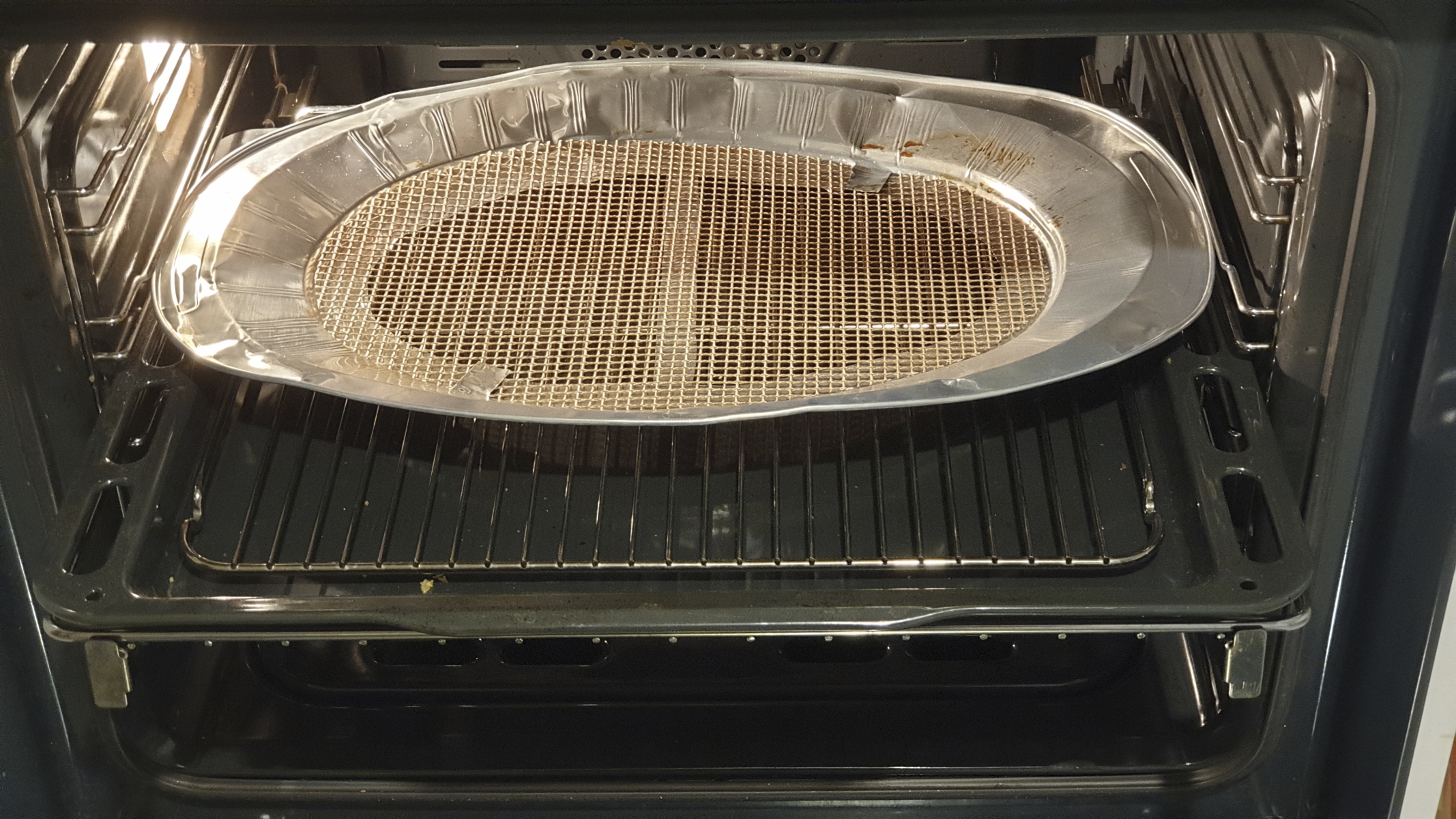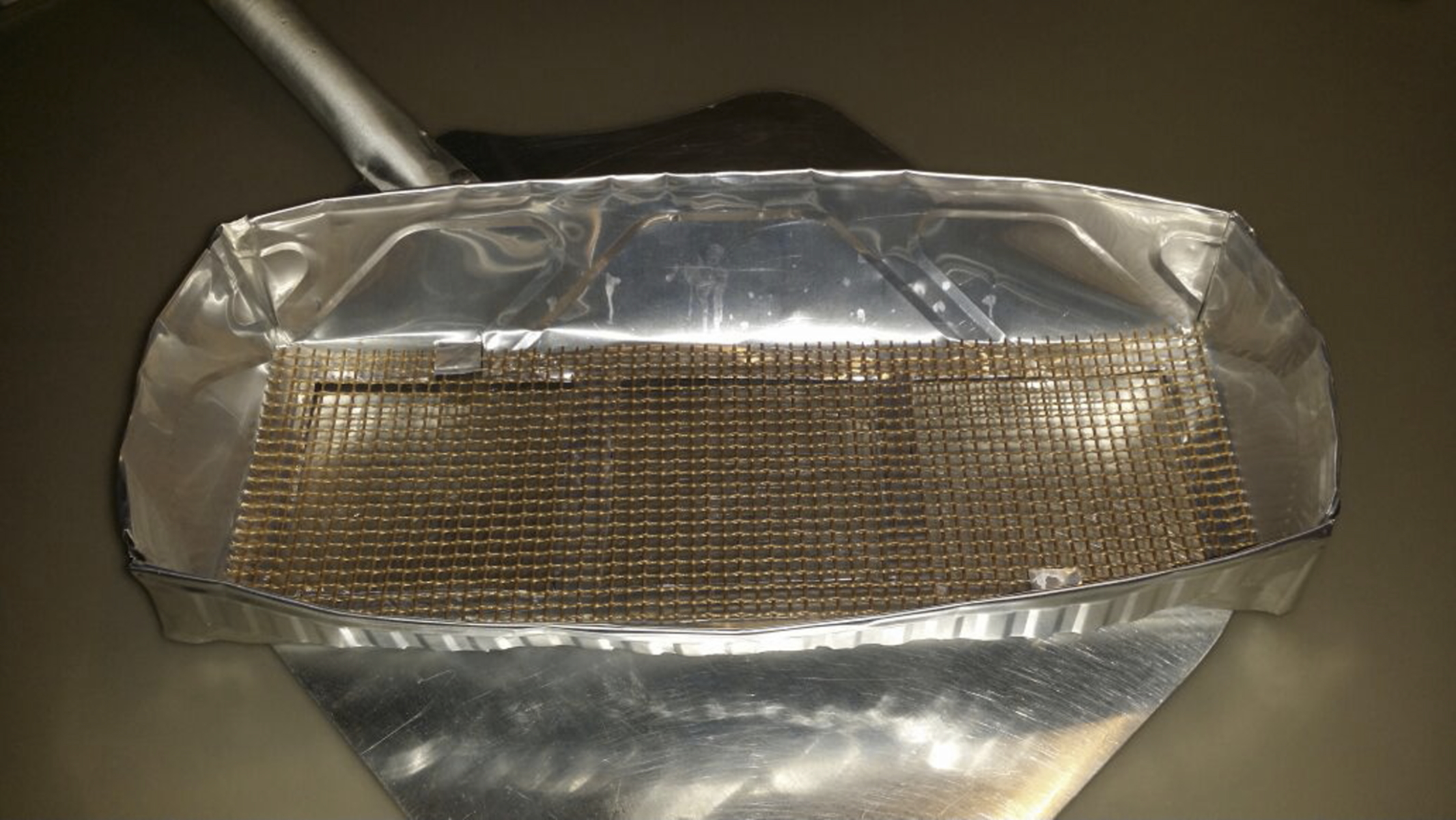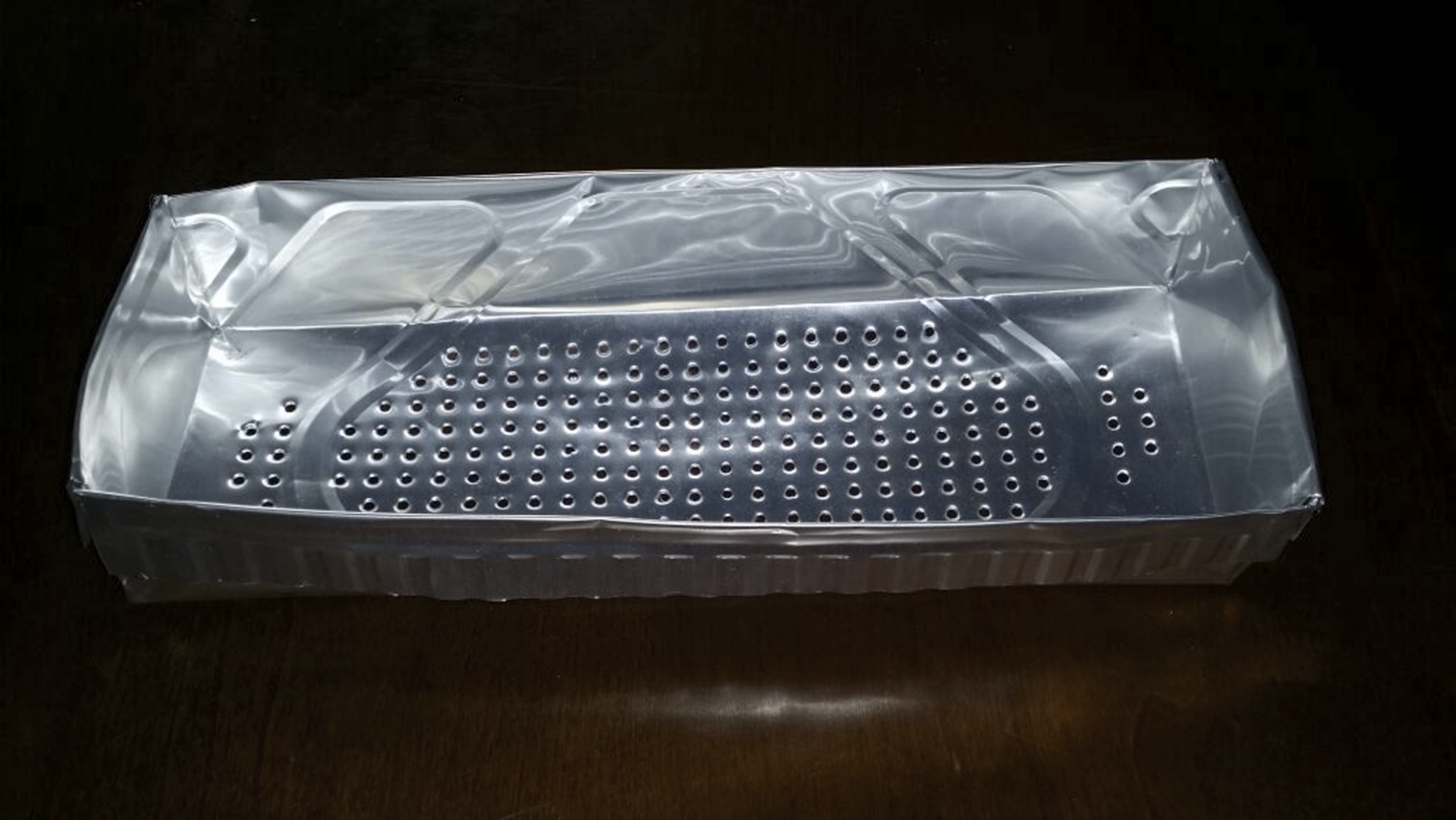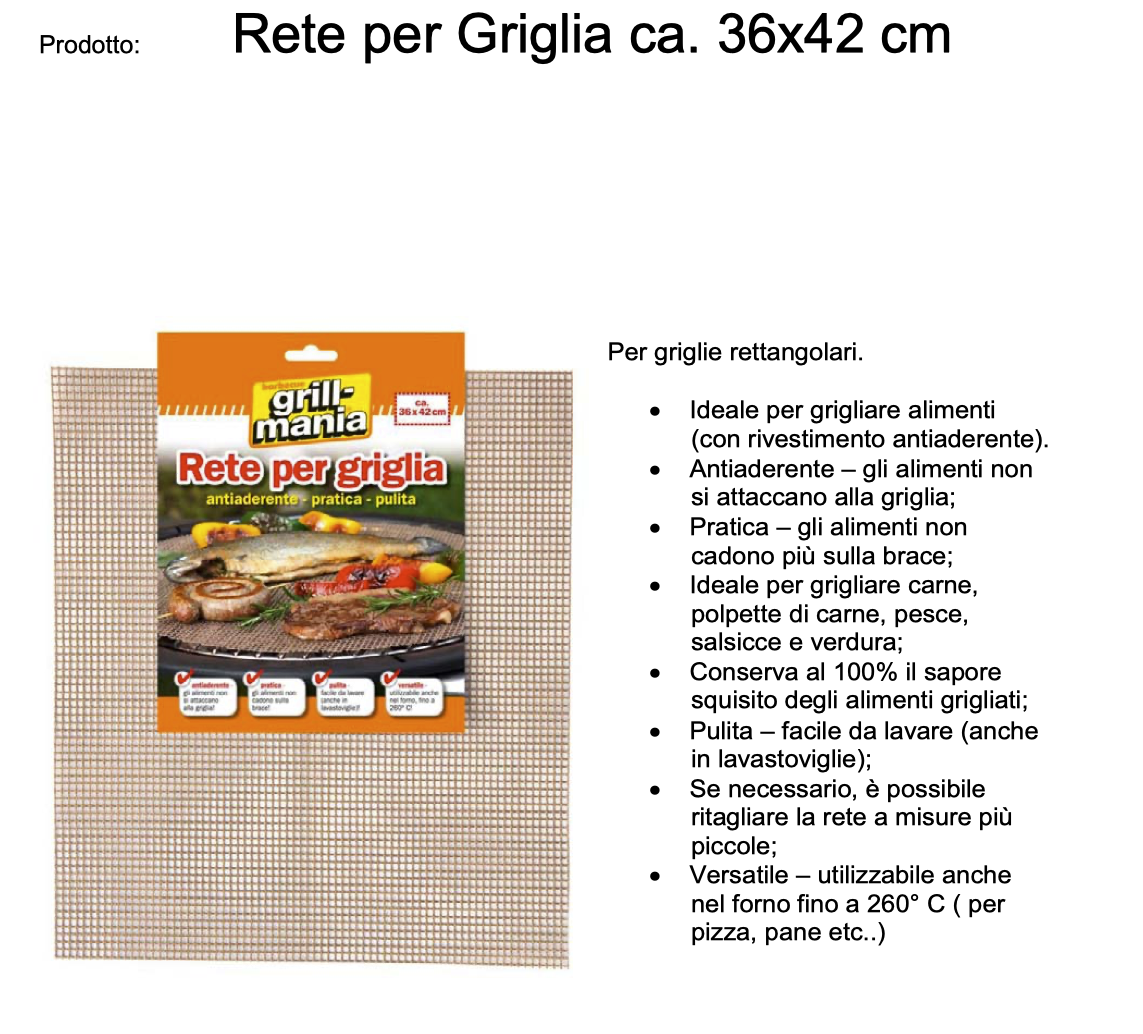TIPS
• Place the dough on a micro-perforated grid (possibly with interposed a baking paper) under which we will place the baking tray. This creates a layer of air between the baking tray and the bottom of the bread (loaf /sandwiches) (photo n. 1). The bottom of the bread, not being in direct contact with baking tray, will not be subject to burning. Furthermore, if the bottom of the bread does not harden immediately, the heat can penetrate better and cook the inside of the bread well.
• It is better to create micro holes in the baking paper (if Non Stick Waterproof Baking Paper) to avoid the formation of humidity under the bread.
• Personally I use a flat cuki container with the bottom replaced with a perforated surface (photos n. 1 and 4). Cooking is perfect.
• If the dough is very hydrated, however, during cooking it will tend to swing up becoming a “ciabatta”. This type of dough should be cooked in plumcake-container; I use a aluminum one (made from a cuki ) to which I have given the shape of a plumcake container but without blocking the corners. (photos n. 2 and 3) The dough put in this container will tend to widen as the lateral sides with are not rigid; enlargement that will continue in the first phase of cooking and, in this way, the bread will take its own shape.
• Cooking must take place in the presence of steam and oven in static mode (without ventilation). We will put a pan of water in the oven (generally 100-150 gr. of water is sufficient). Moisture delays the formation of the crust allowing the bread to grow in volume.
• The last 10 minutes of baking, the bread must be placed directly on the baking tray without container and without pan with a temperature of around 180-200 degrees (dough hypothesis of 1500-1800 grams). In doing this you will find that the bottom of the bread will still be slightly soft: this will allow the heat of the last 10 minutes of cooking to make it “rise” again. Last recommendation: preheated oven and start cooking at 250 degrees then gradually descending in relation to the characteristics of your oven.
• Last step: if you want a bread with a crust open little the door of the oven, set the temperature to the minimum for 15-30 minutes according to the “consistency” of the desired crust.
Photos:
N. 1

N.2

N.3

N.4

